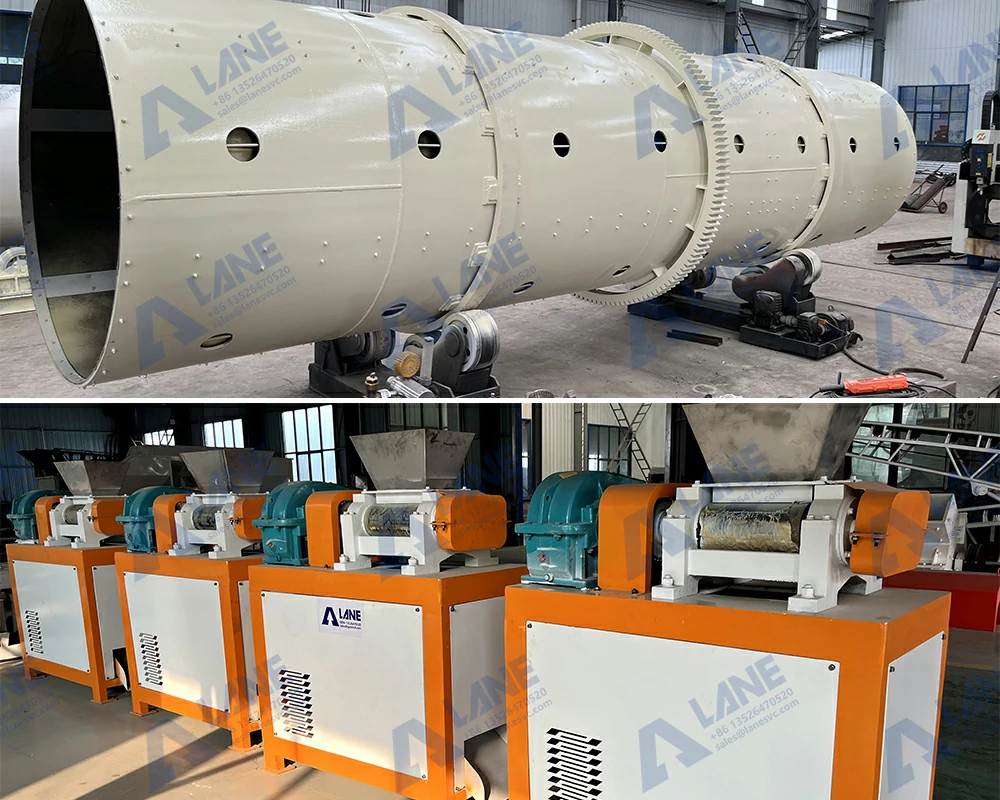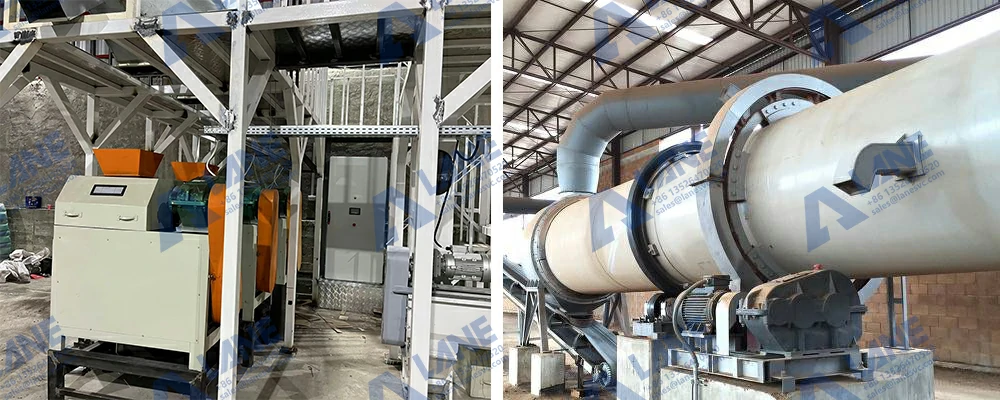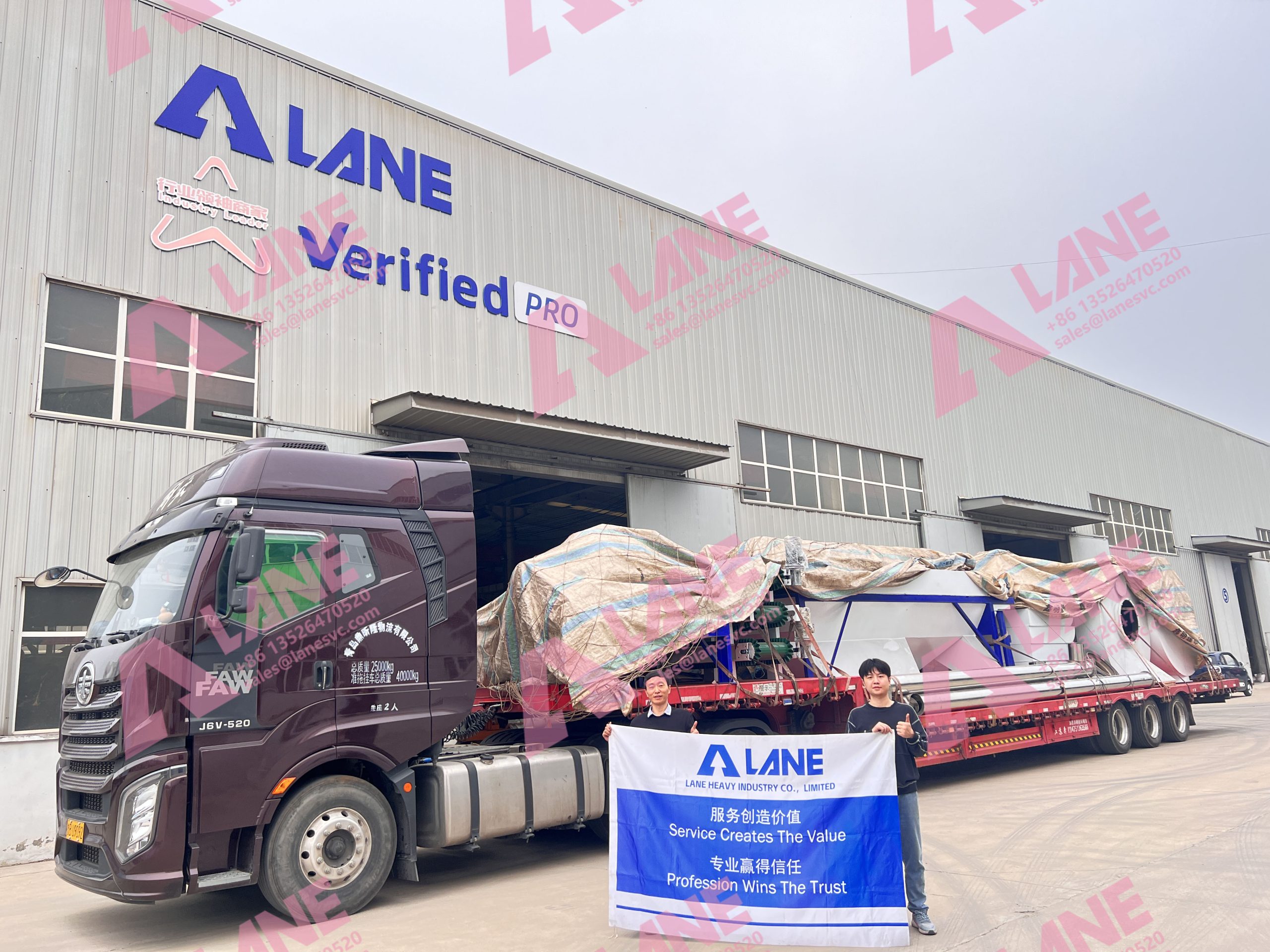When it comes to manufacturing NPK fertilizers, choosing the right granulation equipment is critical for optimizing product quality, production efficiency, and cost-effectiveness. Two widely used technologies in the industry are the drum granulator and the extrusion granulator. While both methods produce granular fertilizers, their working principles, advantages, and limitations differ significantly. In this article, we’ll explore the differences between drum granulation and extrusion granulation to help you determine the best fit for your NPK fertilizer production line.

A drum granulator is a rotary equipment used to create uniform fertilizer granules through a wet granulation process. It operates by tumbling raw materials (such as powdered NPK blends) in a rotating drum while adding liquid binders (e.g., water or steam). The rolling motion and moisture promote agglomeration, forming spherical granules that are dried and cooled afterward.
High Production Capacity: Ideal for large-scale NPK fertilizer plant, drum granulators can process 10–30 tons per hour.
Uniform Granule Shape: Produces rounded, smooth granules preferred for commercial fertilizer packaging.
Versatility: Suitable for a wide range of raw materials, including organic and inorganic blends.
Low Dust Emission: The closed-system design minimizes dust pollution.
Requires additional drying and cooling equipment, increasing energy consumption.
Less effective for materials with low plasticity or poor binding properties.
Higher initial investment compared to extrusion systems.
An extrusion granulator is also called double roller granulator, it uses mechanical force to compress dry or semi-dry powdered materials into dense granules. This dry granulation method relies on rollers or a screw extruder to press the NPK mixture through a die plate, forming cylindrical or irregularly shaped granules.
Energy Efficiency: No drying step is required, reducing energy costs by up to 30–50%.
Compact Design: Smaller footprint, ideal for small to medium-scale fertilizer production line.
High Compatibility with Dry Materials: Works well with moisture-sensitive NPK formulations.
Lower Operating Costs: Minimal maintenance and fewer auxiliary systems.
Produces harder, less uniform granules compared to drum granulators.
Limited capacity (typically 1–5 tons per hour).
Not suitable for materials requiring binders or high moisture content.

| Factor | Rotary Granulator | Double Roller Granulator |
|---|---|---|
| Granulation Method | Wet process with binders | Dry process with mechanical force |
| Granule Shape | Spherical, smooth | Cylindrical or irregular |
| Production Scale | Large-scale | Small to medium-scale |
| Energy Consumption | Higher (due to drying) | Lower |
| Material Flexibility | Works with moist/sticky materials | Best for dry, powdered blends |
Production Volume: Opt for a rotary drum granulator if you need high-output capacity. For smaller batches, an double roller granulator is more cost-effective.
Raw Material Properties: Use drum granulation for materials requiring moisture or binders. Extrusion suits dry, free-flowing powders.
Budget Constraints: Extrusion systems have lower upfront costs, but drum granulators offer long-term ROI for large facilities.

Both granulators play an important role in the production of nitrogen, phosphorus and potassium fertilizers.
By evaluating your production goals, material properties and budget, you can select the ideal pelletizing technology to maximize efficiency and profitability.
Beyond the core differences in granulation methods and output, other factors such as operational complexity and environmental impact can influence your choice between drum and extrusion systems.
For instance, drum granulators often require skilled operators to monitor moisture levels, binder ratios, and drum rotation speeds, which can affect granule consistency.
In contrast, extrusion granulators demand precise control over material particle size and feed rates to prevent blockages in the die plate. Additionally, facilities aiming to reduce their carbon footprint might favor extrusion granulation due to its lower energy consumption and reduced reliance on drying processes.
However, drum granulators may still be preferable in regions with strict regulations on dust emissions, thanks to their enclosed design.
As a fertilizer equipment manufacturer with 20 years of experience in manufacturing and exporting, Lane Machinery Group offers a wide range of granulators that can be adapted to your fertilizer production, and equipment customization and modification to your needs to ensure production efficiency.
